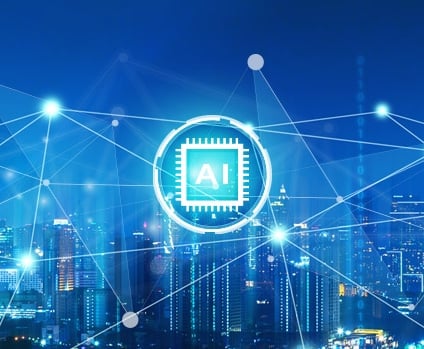Real-Time Analytics & Non-Visual Sensing
Edge AI and TinyML have paved the way for enterprises to build smart product features that use machine learning running on highly constrained edge nodes.
Reality AI is an Edge AI software development environment that combines advanced signal processing, machine learning, and anomaly detection on every MCU/MPU Renesas core. The software is underpinned by the proprietary Reality AI ML algorithm that delivers accurate and fully explainable results supporting diverse applications. These include equipment monitoring, predictive maintenance, and sensing user behavior as well as the surrounding environment – enabling these features to be added to products with minimal impact on the BoM.
Reality AI software running on Renesas processors will help you deliver endpoint intelligence in your product offering and support your solutions across all markets.
Try Reality AI Explorer to experience firsthand how Reality AI Tools can help you develop AI and TinyML solutions in industrial, automotive, and commercial applications.
Technical Advantages
Fully Integrated Toolchain
The Reality AI software comes with integration to Renesas e2studio, plus support for all Renesas cores and MCU dev boards. Integration with Renesas Motor Control kits is available as an add-on option.
Small Footprint for Speed & Accuracy
Unlike approaches that use quantization, compression, pruning or other machine learning techniques that make models small but erode accuracy, Reality AI combines advanced signal processing methods with machine learning that deliver full accuracy in a tiny footprint without compromises.
Transparency with Model Explainability
No engineer will deploy a solution they don't understand, so Reality AI offers transparency into model function based on time and frequency, as well as full source code available in C or MATLAB. You can always explain to colleagues and stakeholders why models perform as they do, and why they should be trusted.
Cost Optimization
Instrumentation and data collection are >80% of the cost of most machine learning projects, and Reality AI has analytics that can help reduce the cost of both. Reality AI Tools® can identify the most cost-effective combinations of sensor channels, find the best sensor locations, and generate minimum component specifications. It can also help you manage the cost of data collection by finding instrumentation and data processing problems as data is gathered.
Reality AI Software Solutions
Reality AI Tools®
Automatically explore sensor data and generate optimized models
RealityCheck™ AD
Anomaly detection for monitoring factory and process-industry assets
Automotive Seeing with Sound (SWS)
Combine hardware and software to give passengers a new level of protection
RealityCheck™ HVAC Solutions Suite
Complete framework for smart, self-diagnosing HVAC systems
RealityCheck™ Motor Toolbox
Advanced software toolbox enabling predictive maintenance and anomaly detection
Reality AI Utilities
Plug-in module for Renesas e² studio
Reality AI Explorer Tier
Experience Reality AI Tools' capabilities with minimal setup while exploring real-time analytics
Resources
Real-time Analytics
| Title | Resource Type | Associated Product(s) |
|---|---|---|
| AI Kit Development Platform with RA8D1 | Hardware | RA8D1 |
| AI Kit Development Platform with RA6M3 | Hardware | RA6M3 |
| AI Kit Development Platform with RA4E1 | Hardware | RA4E1 |
| Anomaly Detection with RealityCheck AD | Software | RZG, RZV2L, RZV2H |
| Automotive Seeing with Sound (SWS) | Software | RH850/U2A, RCAR |
| RealityCheck™ HVAC Solutions Suite | Software | RZV2L, RA8D1, RA6M5 |
| RealityCheck™ Motor Add-on Toolbox | Software | RA4T1, RA6T2, RA6T3, RA8T1, RX13T, RA26T, RX66T, RX72T |










